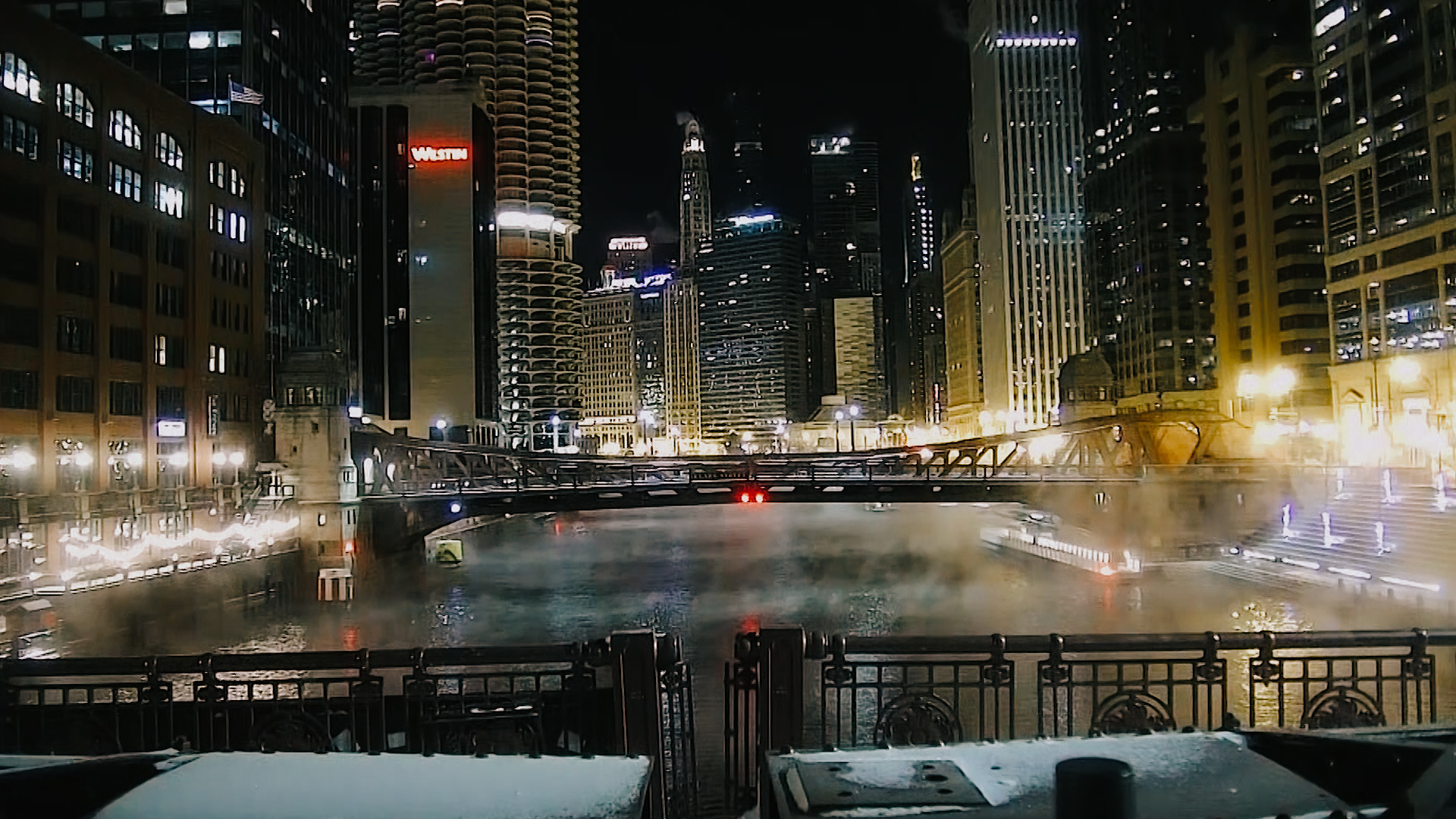Dangerous, bitter cold conditions producing wind chills as low as 40 degrees below zero at times across parts of the Chicago area could cause frostbite in as little as 10 to 30 minutes on exposed skin.
What is frostbite, what are the symptoms to watch for and how can you protect yourself? Medical organizations, government officials and the National Weather Service provided the following information to help keep you safe.
What is frostbite?
According to the Mayo Clinic, frostbite is described as "an injury caused by freezing of the skin and underlying tissues."
There are several stages associated with frostbite, the first of which is known as "frostnip," which can be treated by rewarming the skin because it causes no permanent damage to skin. All other frostbite, though, must be professionally treated, according to the Mayo Clinic, "because it can permanently damage skin, muscle, bone and other tissue."
The Centers for Disease Control and Prevention noted that a person experiencing frostbite is usually not aware of the condition, as their frozen tissue is typically numb, making it all the more dangerous and crucial that people know the phases of frostbite.
What are the phases of frostbite?
1. Frostnip: The Mayor Clinic describes frostnip as "mild frostbite that irritates the skin, causing a change in skin color and a cold feeling followed by numbness. Frostnip doesn't permanently damage the skin and can be treated with first-aid measures."
If you experience “frostnip,” it is important to take steps to rewarm the affected areas. Placing skin affected by the malady in warm water is key, but be cautious to not allow the water to become too hot, which can cause damage to the affected area.
Fireplaces or artificial heat sources also should be avoided for rewarming affected limbs and digits, and those afflicted are encouraged not to rub or put pressure on frostnipped fingers or toes.
Feeling out of the loop? We'll catch you up on the Chicago news you need to know. Sign up for the weekly Chicago Catch-Up newsletter.
2. Superficial frostbite: "The skin feels warm," the Mayo Clinic wrote online, noting this as a sign of serious skin involvement. "A fluid-filled blister may appear 12 to 36 hours after rewarming the skin."
"If you treat frostbite with rewarming at this stage, the surface of the skin may appear mottled. And you may notice stinging, burning and swelling."
3. Deep frostbite: "You may experience numbness. Joints or muscles may stop working. Large blisters form 24 to 48 hours after rewarming. The tissue turns black and hard as it dies."
You must seek medical attention for frostbite if you experience any symptoms of superficial or deep frostbite, which include increased pain, swelling, inflammation or discharge in the area that was frostbitten, as well as fever and any new, unexplained symptoms.
"Seek emergency care for hard, cold, blotchy skin," the Mayo Clinic said.
What are the signs and symptoms of frostbite?
According to the Mayo Clinic, the following are listed as signs and symptoms of frostbite:
- At first, cold skin and a prickling feeling
- Numbness
- Skin that looks red, white, bluish-white, grayish-yellow, purplish, brown or ashen, depending on the severity of the condition and usual skin color
- Hard or waxy-looking skin
- Clumsiness due to joint and muscle stiffness
- Blistering after rewarming, in severe cases
Anyone experiencing any of these symptoms needs to be moved to a warm area immediately. Removing wet clothing and warming up with dry layers of blankets or clothing is imperative. Medical attention is required.
How quickly does frostbite occur in cold temperatures?
Frostbite can impact unprotected skin in as little as 10 minutes depending on wind chill temperatures.
Why wind chill? "Wind Chill is a term used to describe what the air temperature feels like to the human skin due to the combination of cold temperatures and winds blowing on exposed skin," the National Weather Service wrote. "In simple terms, the colder the air temperature and the higher the wind speeds the colder it will feel on your skin if you're outside."
So even if temperatures remain the same, the wind speed will make weather conditions feel colder on your skin.
The NWS provided the following wind chill chart and calculator to help keep people safe in frigid weather.



